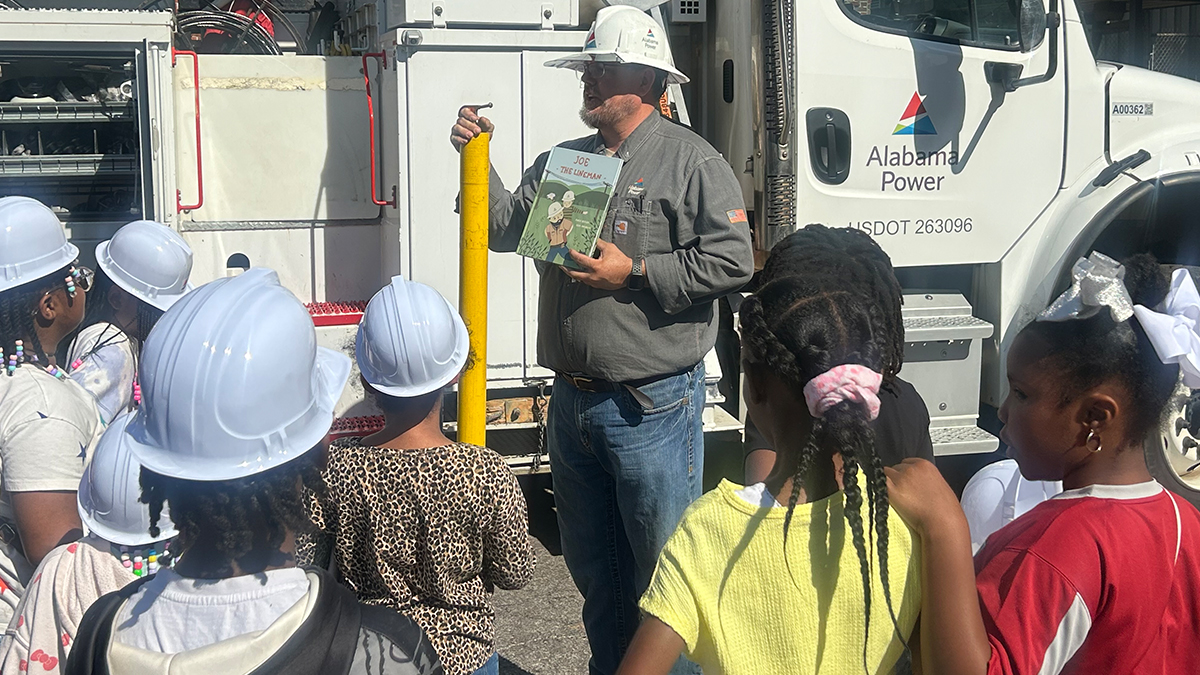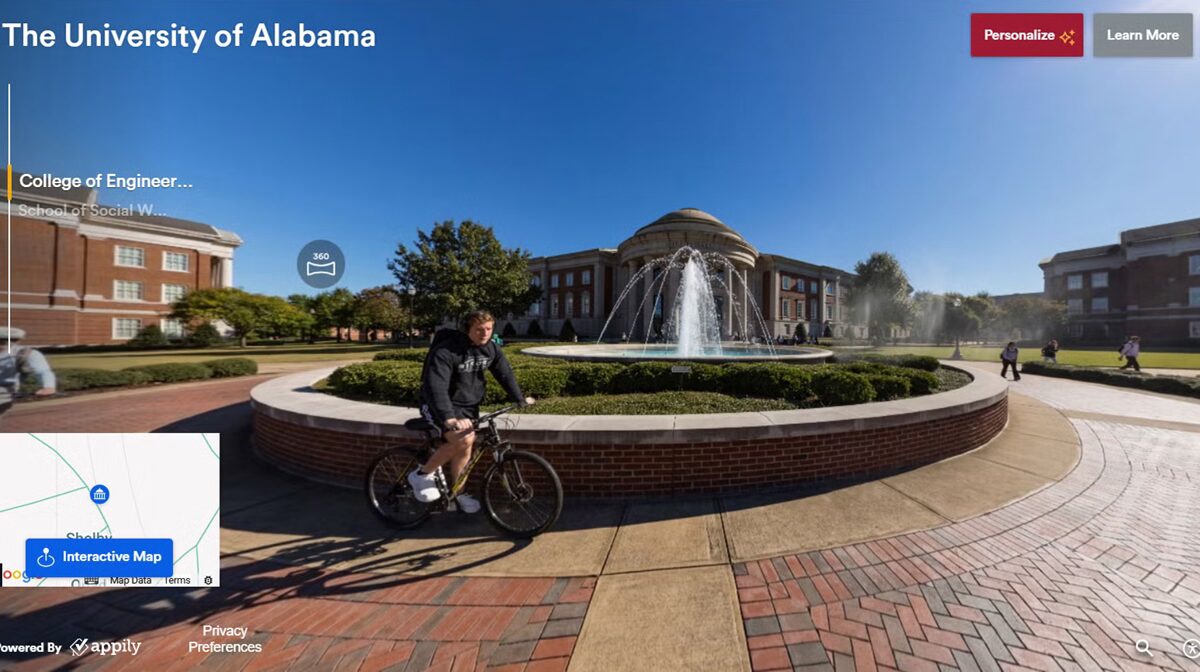4 elements kids need to swim safely this summer

Attention, proximity, continuity and competency are four key ways to keep children safe in the water this summer. (Getty Images)
In the South, summertime usually means spending lots of time in the water, at swimming pools, the lake or a river. Drowning is the No. 1 cause of death in children ages 1-4, according to the Centers for Disease Control and Prevention.
A University of Alabama at Birmingham pediatric safety expert stressed that proper supervision can help prevent drowning and other injuries.
“Backyard swimming pool drownings are far too common,” said David Schwebel, Ph.D., director of the UAB Youth Safety Lab. “These incidents are devastating to families, and they can be prevented.”
Schwebel recommends using four dimensions of swimming safety to help keep everyone protected this summer. Successful supervision for drowning prevention includes:
- Attention.
- Proximity.
- Continuity.
- Competency.
Each component is vital to increase the safety of children when around bodies of water.
Attention is an aspect that seems easy to achieve, but Schwebel says caregivers may be surprised to know just how easy it is to be distracted.
“There is a plethora of things that can cause adults to be distracted, including other adults, conversations and technology,” Schwebel said. “It is really important for at least one adult to remain free of distractions to monitor children in and near the water.”
He also recommends that adults take turns monitoring to prevent fatigue.
Proximity to the body of water is essential to drowning prevention. If caregivers are not close enough to act during an emergency, valuable, lifesaving seconds can be lost.
Schwebel said constant adult supervision is the third dimension to preventing drowning deaths. Part of the problem leading to these fatalities is many people believe a drowning is easy to notice, because the troubled swimmer will splash and yell for help.
“A large portion of drownings actually occur quietly with little or no yelling or splashing,” Schwebel said. “Many people drown while under water and sink to the bottom, and only an observant lifeguard, parent or fellow swimmer can save that life.”
The last dimension is one that Schwebel and a team of researchers recently recommended in their published research: competency.
“Competency means knowing how to save a child’s life,” Schwebel said. “Driving provides a simple example: If a parent is competent to drive, they do not crash their car and a child sitting in a car seat will stay safe. Near water, competency is more complicated.”
When young children are around bodies of water, competency includes details like caregivers who know how to swim, how to rescue a drowning child and, when needed, how to administer CPR. In emergency circumstances, competency can add valuable, lifesaving seconds in the event of a drowning.
This story originally appeared on the University of Alabama at Birmingham’s UAB News website.






